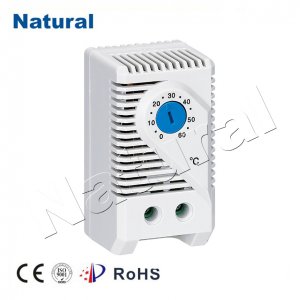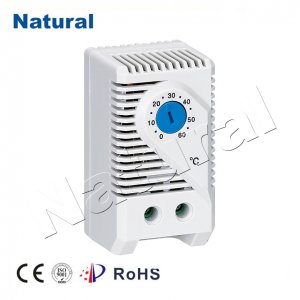A cabinet thermostat is an essential component in maintaining the operational efficiency and safety of various electrical systems, from industrial machinery to office equipment. As we move towards more advanced and compact technology, the need to regulate temperature within cabinets has become even more critical. In this article, we will explore the purpose, benefits, and applications of cabinet thermostats, highlighting their role in enhancing the lifespan and performance of sensitive equipment.

What is a Cabinet Thermostat?

A cabinet thermostat is a device designed to monitor and control the temperature inside an enclosed space or cabinet. Typically used in electrical cabinets, server racks, and other similar enclosures, it helps to prevent overheating by regulating the environment through temperature-sensitive mechanisms. Cabinet thermostats are often connected to a cooling system, such as a fan or air conditioning unit, that turns on or off based on the temperature readings. These thermostats are designed to maintain a stable temperature within the set range. When the temperature rises above the threshold, the thermostat triggers the cooling system to bring the temperature back down. This automatic regulation ensures that the equipment inside the cabinet remains within safe operating conditions.
